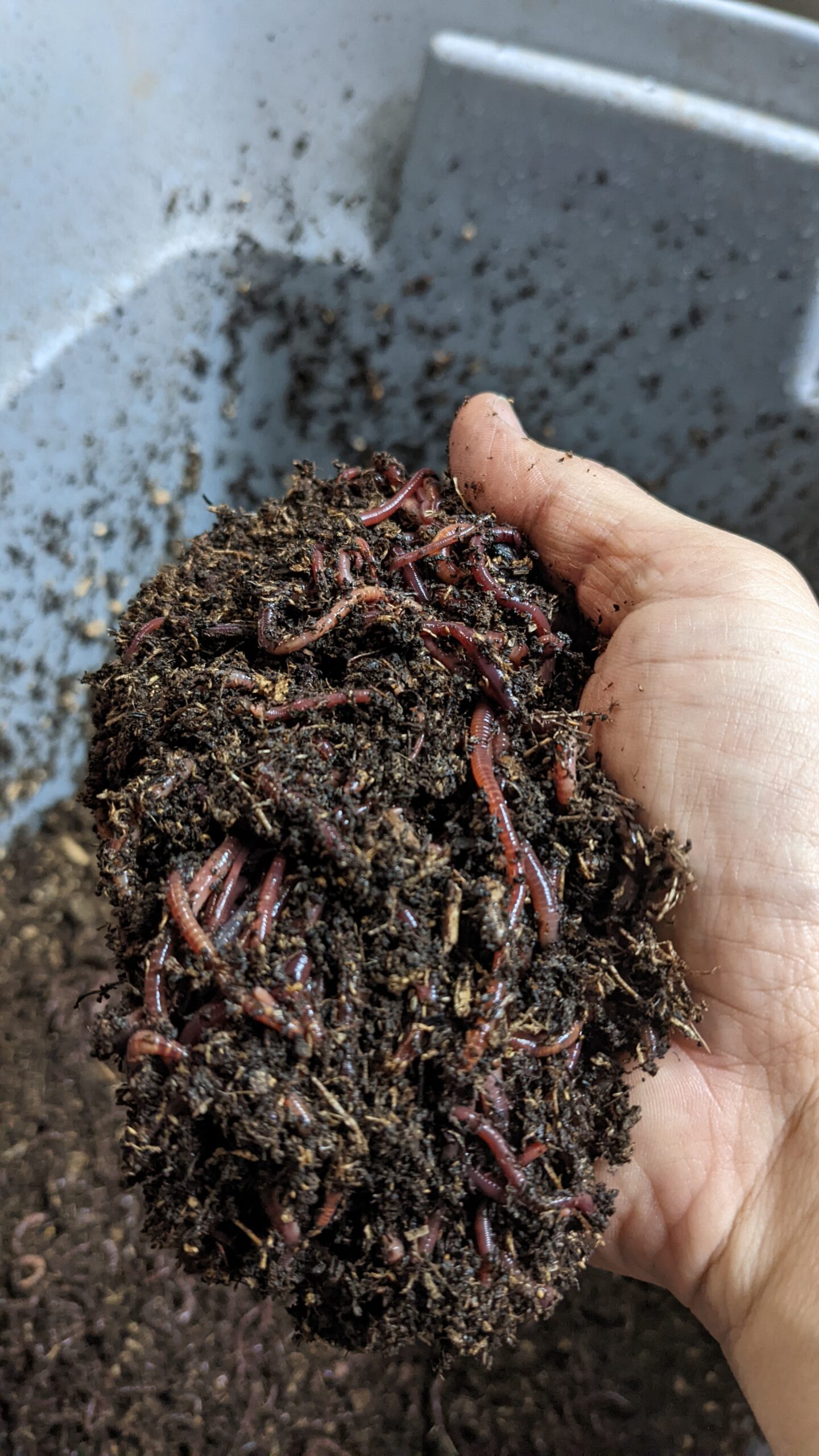Little Known Questions About Red Wiggler Express.
Table of ContentsThe Main Principles Of Red Wiggler Express The Best Strategy To Use For Red Wiggler ExpressRed Wiggler Express for DummiesSome Known Facts About Red Wiggler Express.Getting The Red Wiggler Express To Work
Some worm farmers actually keep food and water to simulate dry spell problems and bump up cocoon production. We do not recommend this for the home composter as it has the prospective to exterminate way too many of your best worms. Since you recognize everything about the red worm it's time to head out and locate a great distributor and get a pound or 2 and begin your own worm farm.We'll speak regarding exactly how to preserve red wigglers and why they ought to be the go-to worm for many composters. Fun fact: The "fetid" part of the binomial name refers to what some say is a foul-smelling secretion the red wiggler uses to fend off predators. The anatomy of a red wiggler appears like that of various other usual earthworms; a long-segmented body starts at the pointed head and terminates at a slightly-flatted tail.
What Does Red Wiggler Express Do?
The gastrointestinal system is basic, starting at the mouth where the worm starts to consume its food before passing it on the pharynx. The throat is a muscle section which imitates a pump to pull food right into the mouth before pumping it out right into the esophagus. The esophagus is narrow and thin-walled and acts as the "waiting area" for the gizzard.
Note: This demand for grinding is why grit is suggested in a worm container. The worm features no indigenous grinding ability so the worm relies upon consumed grit to help grind its food in the gizzard. The belly is where the first chemical failure of food occurs with the aid of a protein-busting enzyme.

Within 42 days, these infant worms will certainly reach sexual maturity as evidenced by the development of the clitellum. A mature red wiggler can be expected to live in between one to 3 years. The magnificent red wiggler might often be utilized as a bait worm for smaller fish or as a protein source for hens and reptiles.
The Only Guide to Red Wiggler Express
And as stated over, they are the most usual composting worm in the world. But why? Well there's possibly not just one reason. Instead, a mix of expense, hardiness, and comfort in a large range of temperatures makes it one of the most proper composting worm for many brand-new vermicomposters. Red wigglers and their cocoons can make it through in a vast array of conditions.
This is a common method amongst worm shippers that do not intend to take the chance of having the worms being in a warm or cold storehouse over the weekend. Worm cultivators are not saving worms in a circumstance where they are all set to ship. The worms need to be collected from their habitat initially, so farmers will commonly set a Friday or Saturday due date in order to harvest in time for a Monday delivery.
To save money on shipping expense, you might desire to see if there are any type of neighboring "Mom and Pop" stores with a Google search. If you don't discover what you're seeking, after that I welcome you to check out worms with the Urban Worm Firm! The quantity of red wigglers you purchase must be only dependent upon the surface area you have offered for vermicomposting.
I call these the "Big 3" aspects of worm container upkeep. If you maintain all 3 within proper arrays, after that there's not * that * a lot that can fail with your container. As mentioned earlier, red wigglers have a wide temperature tolerance. For best results, maintain a temperature level of 55F-90F. Brief separations out of that temperature level array are great.
Not known Details About Red Wiggler Express

For best results, you wish to strive concerning 60-70% moisture level. The easiest examination for this is to press a handful as hard as you can. At the ideal wetness degrees which is simply under 70% that handful need to barely yield one drop of liquid. pH in a worm bin is pretty very easy to maintain.


The European Nightcrawler, the larger relative of the red wiggler, is simply as ravenous and likewise makes for a good lure worm. Yet it likes a little a cooler atmosphere than the red wiggler. The African Nightcrawler is an extremely big composting worm and makes a stunning, granular cast.
The Indian Blue is ravenous, yet likewise chooses a warmer environment and it additionally displays a tendency to run away the bin. The red wiggler is a hardy worm and isn't as fussy regarding its environment. I like to call it the Ford Taurus of vermicomposting worms; you will not brag to your hardcore composting buddies that you possess them, however they will certainly offer you well.
About Red Wiggler Express
Surefire alive 1/2 lb of hand arranged Red Wigglers/Compost with worms (+500 worms) in different phases of life from cocoons to grow worms in their natural environment/bedding. Hand arranged worms lowered the disturbance of the worms hence insuring online distribution. Red wiggler worms do not like resonances or light.